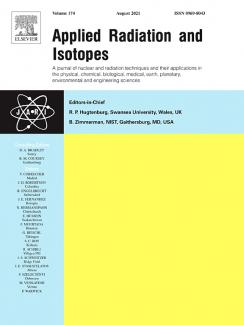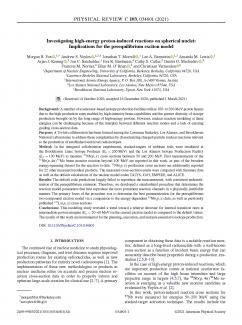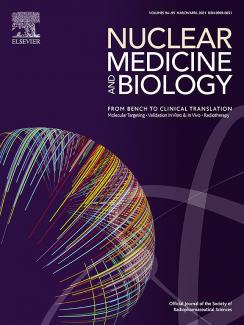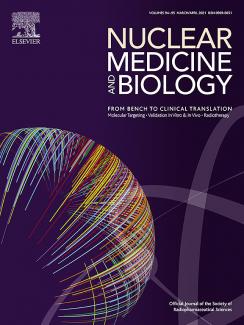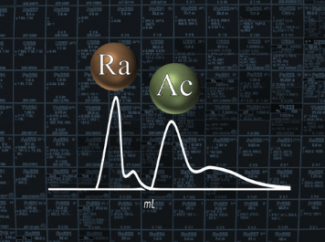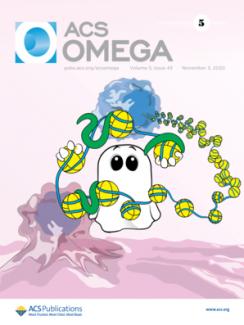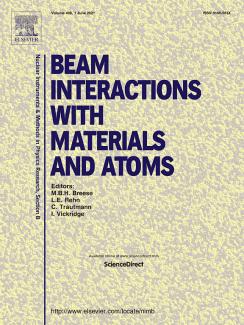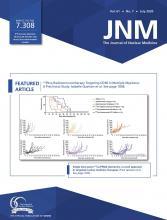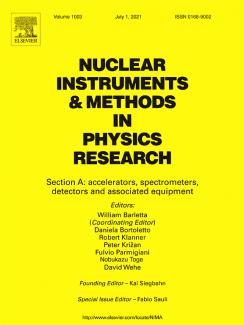The newest radioisotope for brachytherapy treatment of prostate cancer is 131Cs (t1/2 = 9.69 d, 100% EC). Generated via electron capture decay of 131Ba (t1/2 = 11.6 d, 100% EC), 131Cs has been used in brachytherapy for prostate cancer since 2004. The 131Ba parent is produced through neutron capture of enriched 130Ba in a nuclear reactor. For large-scale production of 131Ba, an accurate knowledge of production and burnup cross sections of 131Ba are essential. In this paper, we report two group cross sections (thermal and resonance integrals) for 130Ba and 131Ba and a new measure of the half-life of 131Ba. Targets consisting of milligram quantities of enriched 130Ba (∼35%) were irradiated in Oak Ridge National Laboratory's High Flux Isotope Reactor at thermal and resonance neutron fluxes of (1.9–2.1) × 1015 and (5.8–7.0) × 1013 neutrons·cm−2 s−1, respectively, for durations ranging from 3 to 26 days. In addition, cadmium covered samples of 130Ba were irradiated for 1 hour at 12.6% full reactor power (10.7 MW). The yield of 131Ba approaches a saturation value of ∼60 GBq (∼1.6 Ci) per mg of 130Ba for 20 days irradiation at a thermal neutron flux of 1.8 × 1015 n·s−1·cm−2, with a thermal/epithermal ratio of ∼30. Under the above experimental conditions, the two group cross sections of 130Ba are 6.9 ± 0.5 b (thermal, σ0) and 173 ± 7 b (resonance, I0). These values represent the sum of cross sections to metastable and ground states of 131Ba. For 131Ba, the empirically measured thermal cross section is 200 ± 50 b assuming an I0/σ0 of 10. This cross section is reported for the first time. Further, the half-life of 131Ba was remeasured to be 11.657 ± 0.008 d. Lastly, this study also resulted in the co-production of 133Ba (t1/2 = 10.52 y, 100% EC). The experimental yield of 133Ba is ∼370 MBq (∼10 mCi) per mg of 132Ba (thin target) for one cycle irradiation in the High Flux Isotope Reactor, and measured two-group 132Ba cross sections are 7.2 ± 0.2 b and 39.9 ± 1.3 b. These values also represent the sum of cross sections to metastable and ground states of 133Ba.


